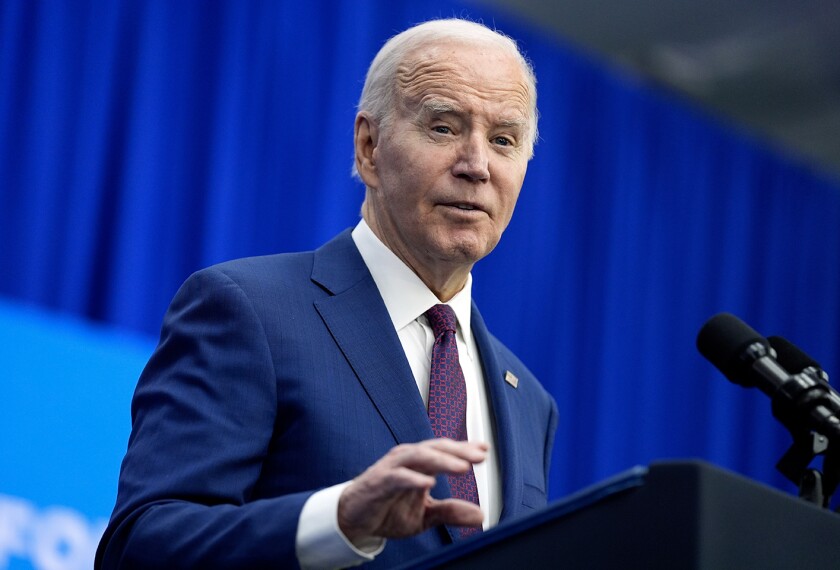The following offers highlights of the recent legislative sessions. Precollegiate enrollment figures are based on fall 2004 data reported by state officials for public elementary and secondary schools. The figures for precollegiate education spending do not include federal flow-through funds, unless noted.
Oregon
|
Oregon legislators, in the final moments of the legislature’s second-longest session in its history, approved $5.2 billion in state spending for K-12 schools in the 2006 and 2007 fiscal years. The new budget, adopted Aug. 5, increased funding for schools by 6.6 percent over the $4.9 billion appropriated in the previous biennium.
An improving state economy accounted for the rise in school aid, say some legislators. Schools may get an additional $23 million for the 2006-07 school year, but only if Oregon’s general-fund revenues increase more than expected by next June. In comparison, lawmakers passed a mere 1 percent school funding increase in the budget for fiscal 2004 and 2005.
Oregon state schools Superintendent Susan Castillo says state school funding is still far below what is needed.
“I am extremely disappointed that the Oregon legislature has chosen not to begin the task of rebuilding our schools, given the prior cuts to school budgets,” she said in a July 26 statement. “For too many districts, this budget will result in larger classes, fewer programs, and lost teachers and classified staff.”
Legislators also approved $2 million for the creation of a statewide virtual school, allocated $2.5 million a year for small school districts to run high schools with fewer than 350 students, and raised reimbursements from $25,000 to $30,000 per student to districts for their costs for educating students with disabilities.
The lawmakers also approved more-rigorous high school graduation requirements. Starting with the class of 2010, high school students must take three years of mathematics and four years of English to graduate.





